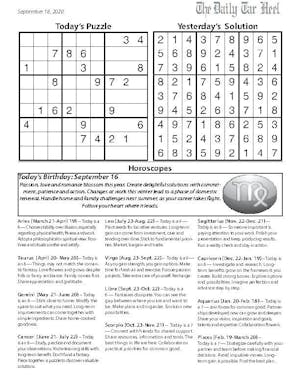While the political ads can be many things — informative, entertaining or bizarre chief among them — but one thing they have to be able to do is cut through the chatter and leave a lasting impact on the audience.
The best ads have to be memorable, and details like truth and fairness are often left on the cutting room floor. Visceral reactions can be enough to swing public opinion and elections (George H. W. Bush’s “Willie Horton” ad being a prime example).
During a prime-time Labor Day spot in 1964, President Lyndon Johnson aired one of the country’s most shocking political ads for the first — and only — time.
The “Daisy” ad features a little girl picking the petals off a daisy in a field, miscounting the number of petals without a care in the world.
When she finishes plucking the daisy’s petals, a countdown commences and a nuclear mushroom cloud bursts onto the screen.
An ominous voice narrates the message while the cloud billows, “These are the stakes … we either love each other, or we must die.”
The ad was an indirect swipe at Republican presidential candidate Barry Goldwater’s willingness to use nuclear weapons in Vietnam, and its potential implications. Johnson won decisively over Goldwater in that year’s election.
A much less controversial attack ad, but equally effective in its use of visual imagery, was a 1972 ad attacking then-presidential candidate George McGovern.
In the spot, action figures and other military-themed toys were used to convey the drastic military spending cuts McGovern supported.
It was a different era, as “McGovern’s Defense Plan” was paid for by a group called Democrats for Nixon in support of his reelection campaign. Nixon ended up winning reelection in one of the largest landslides in presidential history, winning every state except for Massachusetts.
More recent examples of the effectiveness of famous attack ads are a pair that were run against 2004 candidate John Kerry.
The Massachusetts Democrat was spotted windsurfing off the coast of Nantucket, and President George Bush used the image to great effect in his reelection campaign.
Kerry had been battling criticisms for flip-flopping on issues, and the ad shows Kerry going “whichever way the wind blows” by flipping the image back and forth.
The other ad famous for attacking Kerry was one run by Swift Boat Veterans for Truth, questioning his service in Vietnam. Kerry had been awarded a Silver Star, Bronze Star and three Purple Hearts, but the group alleged he had lied about the injuries that lead to those awards.
The ad and the group behind it were eventually discredited, but Kerry would go on to lose the election and the term “swiftboating” was coined to describe targeting a politician with a series of false personal attacks.
But not all famous political ads were negative attack ads.
One of the first television campaign ads ever was a catchy animated spot run in 1952 for Dwight Eisenhower during his first campaign for president.
President Ronald Reagan's nickname as “The Great Communicator” came in part from an 1984 ad during his reelection campaign.
Titled “Morning in America,” the ad championed the booming economy overseen by Reagan after the economic malaise of the 1970s. The ad asked voters why they would want to return to the Democratic policies that were viewed as contributing to the economic hardships in previous years.
state@dailytarheel.com
To get the day's news and headlines in your inbox each morning, sign up for our email newsletters.



